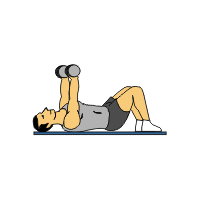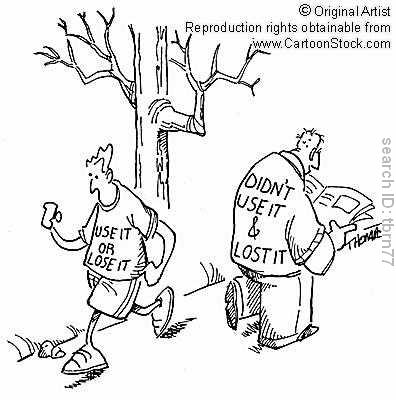At the start of my current master’s course, Integrating Technology Across All Content Areas, I was challenged to develop a GAME plan,(G-Goals, A-Actions, M-Monitor, E-Evaluate) in accordance with The National Educational Technology Standards. The two indicators I chose almost eight weeks ago to improve upon in my classroom were, Facilitate and Inspire Student Learning and Creativity and secondly, Design and Develop Digital-Age Learning Experiences and Assessments. The reason that I narrowed it down to these two amongst several was because I was trying to push myself and my students outside of comfort zones.
I teach high school physical education. I have mostly freshmen students with beginning P.E. courses, except for my weightlifting classes which are advanced with upperclassmen. Challenging this wide range of students to become more creative was a struggle at some points, but very beneficial at other times.
To meet my two goals simultaneously I created a project for my weightlifting class involving flip video cameras. Students that excelled in weightlifting were eager to perform the lifts while those that were good with the cameras and editing were anxious to tape their classmates. All in all each student was required to trade roles, but still this project catered to their needs. We used them for assessment for correct form and safety.
Learning and growth that I experienced aligned with how much I was able to meet the needs of my diverse learners by creating more well rounded lessons. I was excited to see all students taking interest and I was able to see many students in a different light as they showed off their talents with the videos they created. It taught me appreciation for other venues of learning, something I had not stepped outside and done in awhile.

